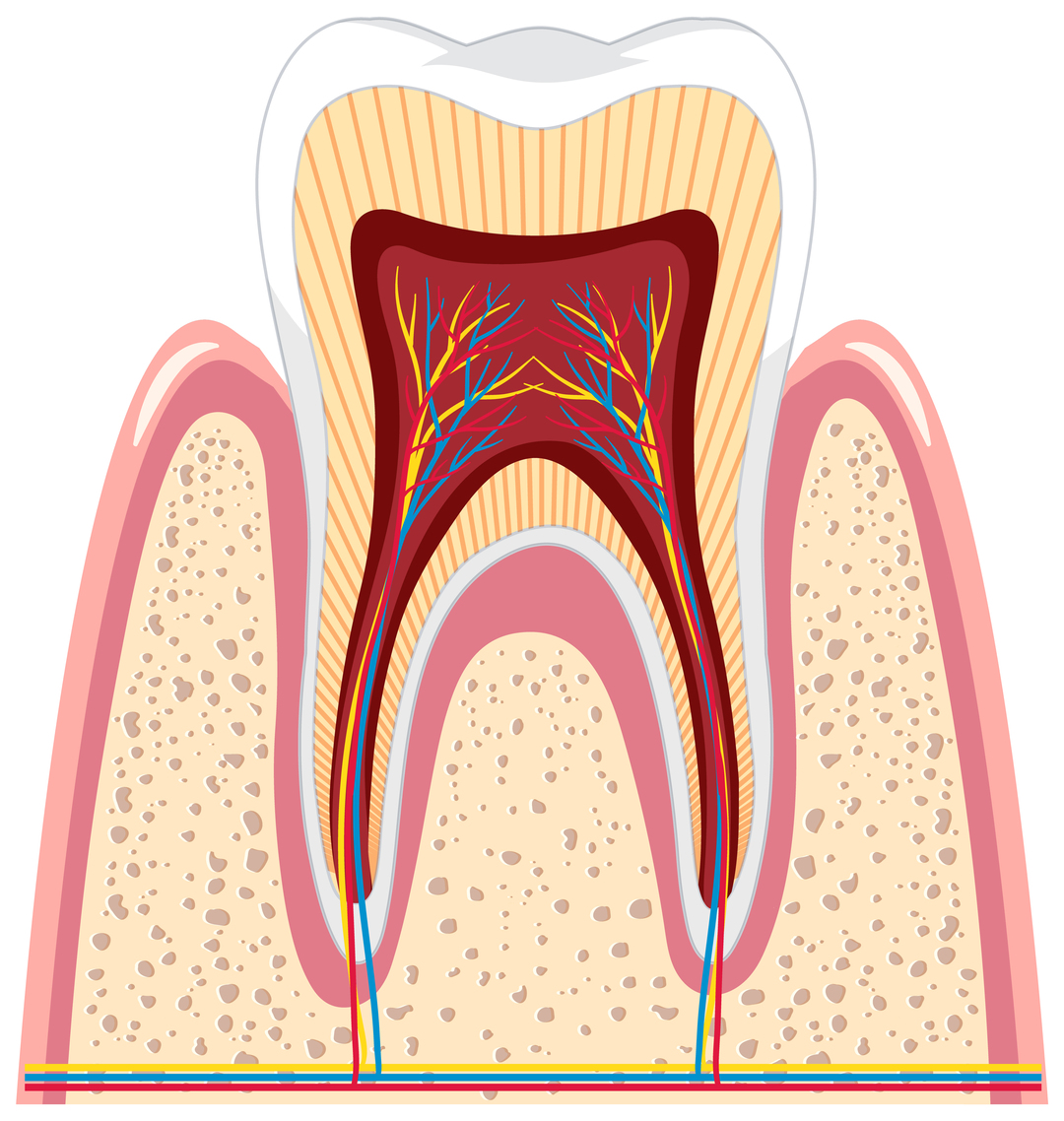Root canal treatment, also known as endodontics, is the key to tooth preservation
An inflamed dental nerve (pulp) is a real threat to your dental health.
Without timely treatment, the infection spreads to the jawbone
and thus threatens not only the tooth, but the entire structure of your teeth.
Root canal treatment (endodontics) is the most effective method of preserving the tooth
and stopping the infection. By using modern methods such as
magnifying glasses, rotating file systems and disinfecting rinses, the
procedure is now carried out efficiently, precisely and almost painlessly in our LifeDent practices in
Lucerne, Volketswil, Bülach, Winterthur or Neukirch.

